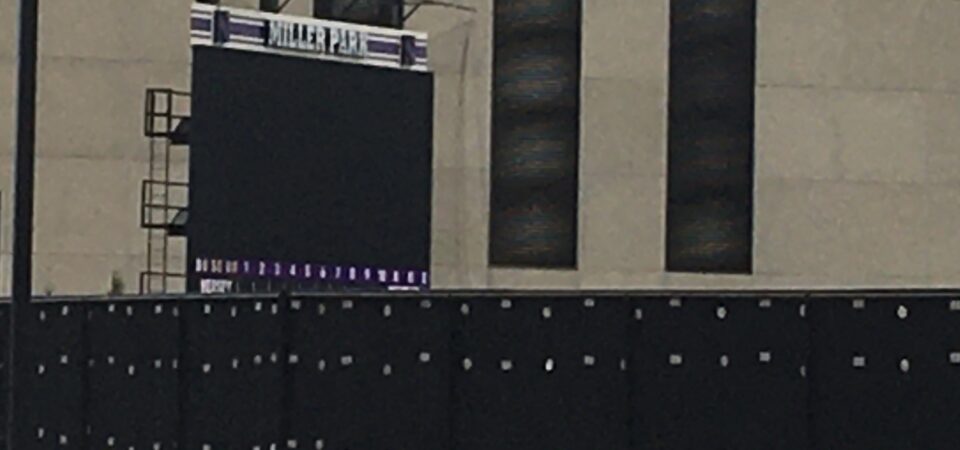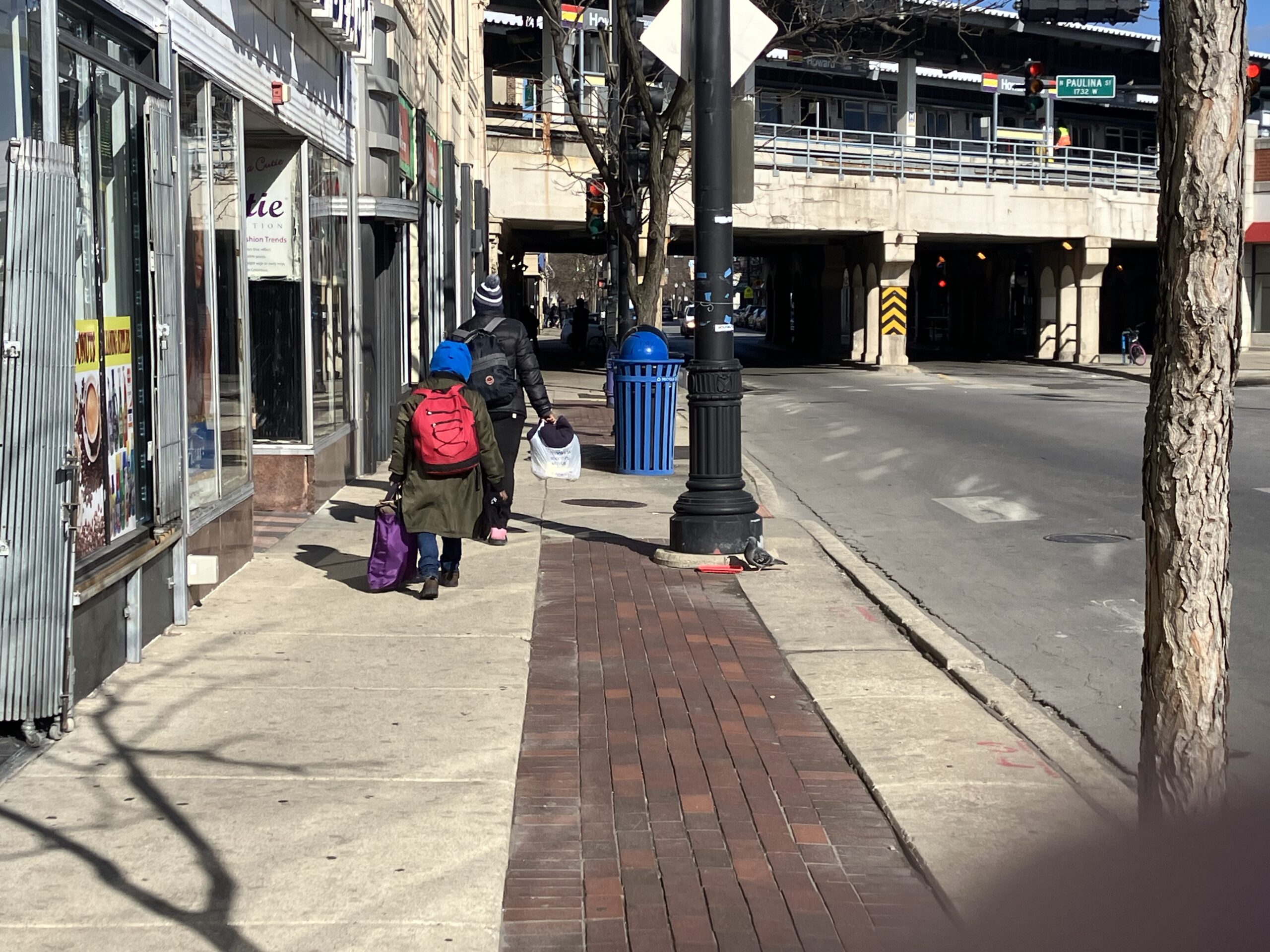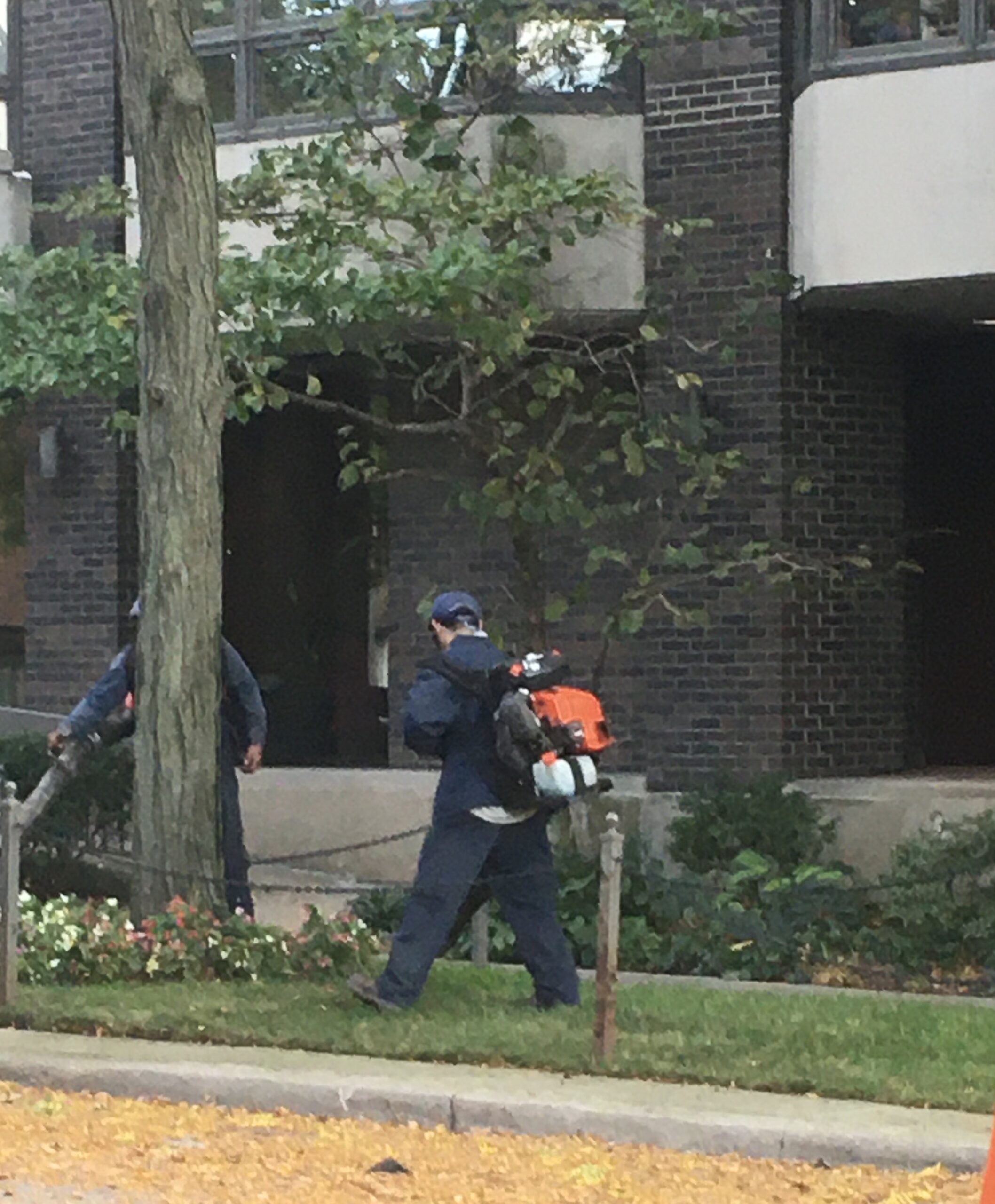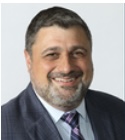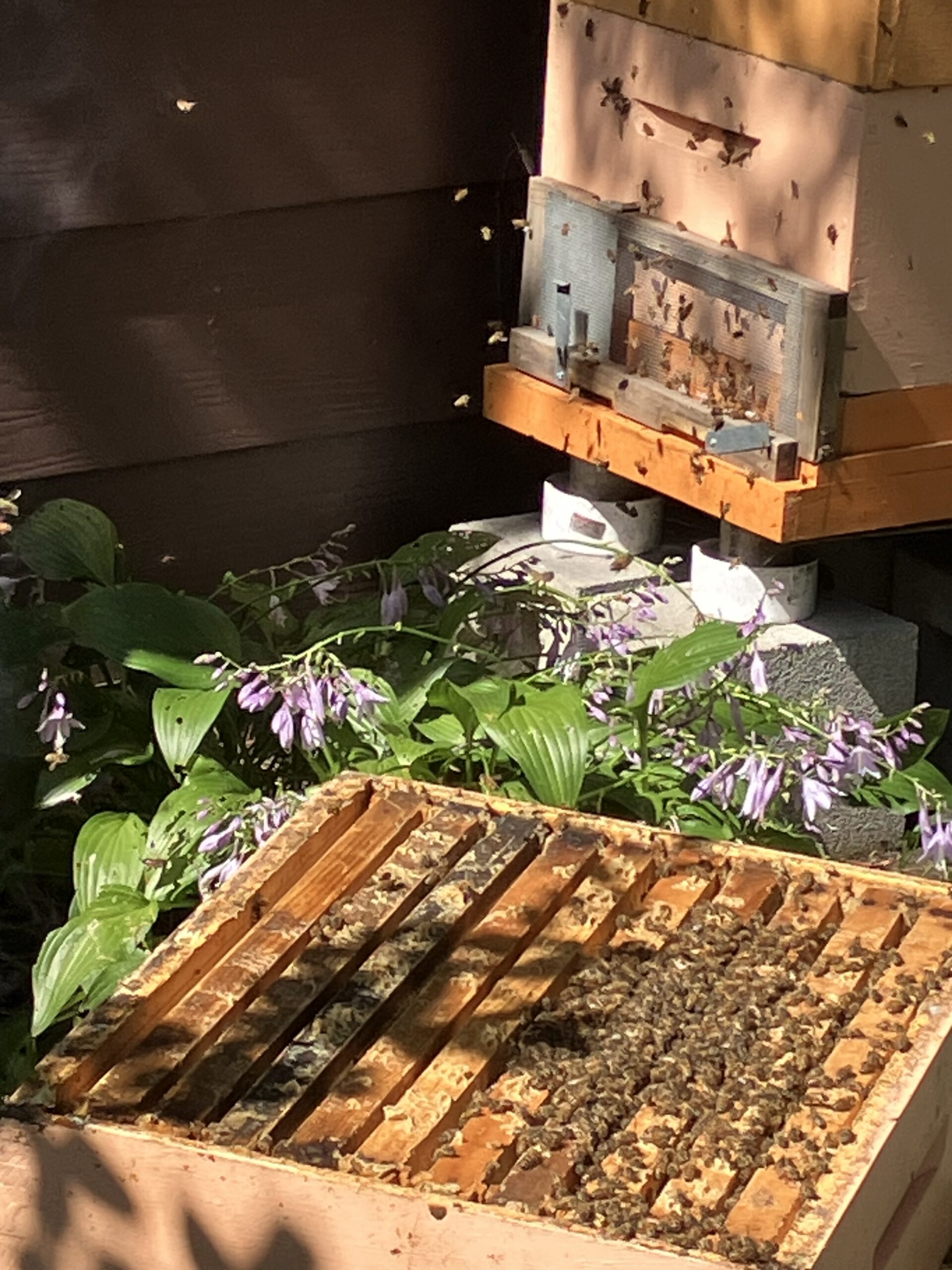By Bob Seidenberg
Northwestern University officials are still early in their Ryan Field stadium project and, understandably, did not have a lot of detail to provide residents at a Seventh Ward meeting March 23.
But a University official at that meeting did have information about a noise issue that has been occupying a group of neighbors in the stadium area that has been going on four years. The “whining” noise apparently emanates from arena’s mechanical equipment, including the chiller yard located north of the arena.
At the meeting held over Zoom, Steven Himes, the University’s Senior Project Manager, spoke of the University’s plans to bring in more experts to conduct tests around Welsh-Ryan Arena, 2705 Ashland Ave., concerning that noise.
“We’re going to first set up a channel of communication with our neighbors, a reporting mechanism where when they hear it, they can report it,” he said.
Once that system is in place, neighbors can report in real time when they hear the sound, he said. University officials will then be able to use that data and compare it to what they find through more testing, in hopes of pinpointing where the sound is coming from, he said in a brief report.
Residents listening in for the stadium update were surprised to hear the issue addressed.
“That’s the most detail we’ve ever gotten from Northwestern about how they plan to assess the noise,” commented one.
In warmer weather, like a leaf blower, only on all day
Residents of Evanston and Wilmette who live just north and east of the stadium and Welsh-Ryan Arena have been complaining about this whining mechanical sound emanating from the north side of the arena since its renovation in 2018.
“This irritating sound has been compared to a neighbor’s leaf blower, lawn mower, car alarm or siren, but in our case the sound is usually on all day,” wrote Mike Miller, a Wilmette resident who has led the neighbors’ efforts to bring the concerns before officials.
Miller forwarded to the RoundTable a batch of his email correspondence with officials when asked for a comment about the University’s most recent update.
“It can be intrusive enough for neighbors close-by to force them inside and has not substantially changed since the summer of 2018,” he said.
Chillers located outside on the north side of the Welsh Ryan Area stand perhaps eight feet tall and sit behind a six-foot wall, he said, so “the sound emanates from the part that is exposed, hits the hard wall of the arena, then spreads out to Evanston and Wilmette to the north and east.”
Miller and residents have contacted a number of officials in their quest to get attention paid to the issue. These include Northwestern officials on both the athletic and administrative sides. The neighbors also turned to Evanston Council member Revelle and then-Wilmette Trustee Joel Kurzman – since the problem affects residents of both towns – and the two have both been supportive, Miller said.
Early on, in 2018, the University hired a third party to measure the decibel level and reported the data to Evanston but not to the neighbors, Miller maintained.
“We were told it was within city code limits,” he wrote. “The next four days in August, the sound was back up like a car alarm. There were continued emails with little change that year until the chillers [with the advent of cooler weather] were not needed anymore.”
He said Northwestern made a number of adjustments during the period, such as installing “acoustical panels in the chiller yard,” that resembled “blankets,” in order to reduce the sound.
“The sound still continued as unabated as it is today,” Miller said. “It’s not always on all day; it’s not always unbearably loud; but it is still an obnoxious presence in our lives.”
In a July 27, 2020, email, he said similarly that the noise was “not always unbearably loud, but it is still an obnoxious presence …’’
A ‘nuisance noise,’ and difficult to capture: NU official
At the March 23 meeting, Himes presented an update of the University’s efforts to investigate neighbors’ concerns about the whine from the chiller area.
“We’ve had previous noise analysis, most recently in fall of 2021. In the course of doing that, it’s been difficult to capture what we call a nuisance noise,” he said.
“In other words, the noises that are concerning our neighbors are not just the quality of the sound or volume of sound but also the quantitative character of the sound,” Himes explained.
“There’s some dissonant noises that come out of the building,” he said. “As it turns out, it’s occurring in mostly hot weather.”
Because of that, he conceded, an effort to capture noise information last fall, when cooler weather had already set in, probably was not effective. He said officials, after a discussion with the affected residents, now plan to be back out when the weather warms later this year to take noise readings.
He said the channel of communication that Northwestern officials and
Council member Revelle have worked on will ask residents “to identify what time they’re hearing it [the noise], where it’s coming from, and what they’re hearing.”
Officials say they hope to take that information and cross check it against the data the University’s operation teams obtain from direct digital controls placed on Welsh-Ryan’s mechanical equipment.
Once the noise is pinpointed, he said there are a number of possibilities to mitigate it, including enclosures or insulation, “but until we know where the noise is coming from, it’s premature,” he said at the meeting.
After Himes’s report, Revelle opened the meeting to questions, “particularly from our Wilmette residents or residents on the very north end of the Seventh Ward, who have been hearing this noise.
“I know we’ve been struggling with this for, what, three years now. It’s a long time.”
Then, perhaps for the benefit of Himes, Dave Davis, Northwestern’s Executive Director of Neighborhood & Community Relations and other University officials participating in the meeting, she said, “It would be really great to get it solved and demonstrate that when we build the new stadium, we won’t let something like that happen.”
